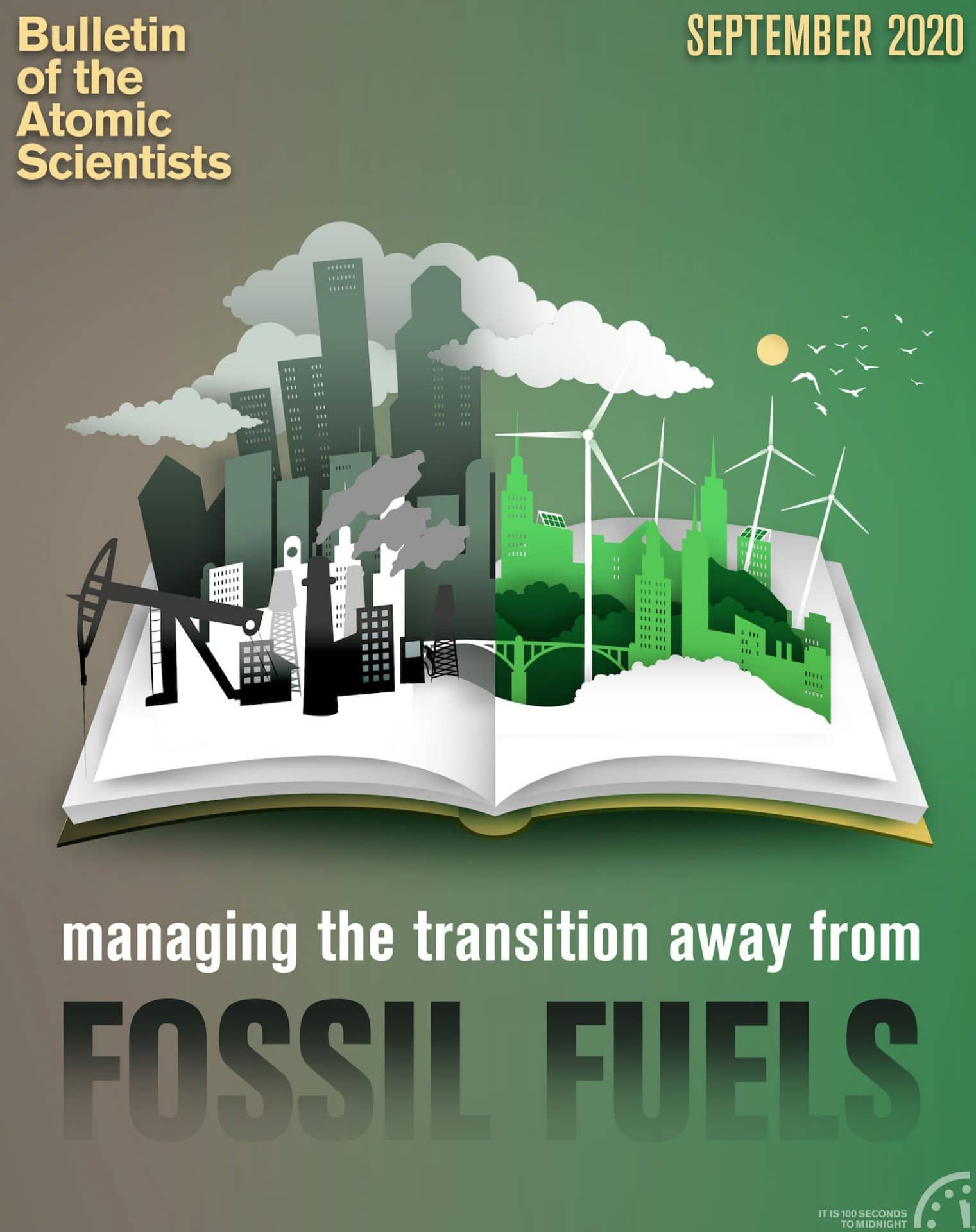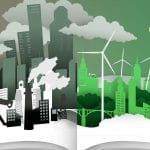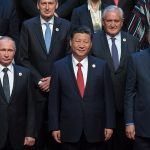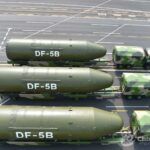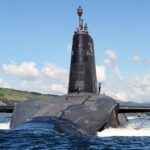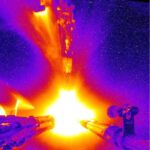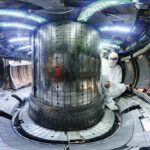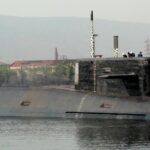Nuclear war, public health, the COVID-19 epidemic: Lessons for prevention, preparation, mitigation, and education
By Andrew Futter, Samuel I. Watson, Peter J. Chilton, Richard J. Lilford | September 8, 2020
Illustration by Thomas Gaulkin. Coronavirus graphic via CDC; Maralinga nuclear test photo via InnoventionAustralia (CC BY 2.0)
Nuclear war, public health, the COVID-19 epidemic: Lessons for prevention, preparation, mitigation, and education
By Andrew Futter, Samuel I. Watson, Peter J. Chilton, Richard J. Lilford | September 8, 2020
Loading...
Together, we make the world safer.
The Bulletin elevates expert voices above the noise. But as an independent nonprofit organization, our operations depend on the support of readers like you. Help us continue to deliver quality journalism that holds leaders accountable. Your support of our work at any level is important. In return, we promise our coverage will be understandable, influential, vigilant, solution-oriented, and fair-minded. Together we can make a difference.
Keywords: COVID-19, nuclear risk, nuclear war, nuclear weapons, public health
Topics: Biosecurity, Nuclear Weapons
Get alerts about this thread
0 Comments
Oldest




